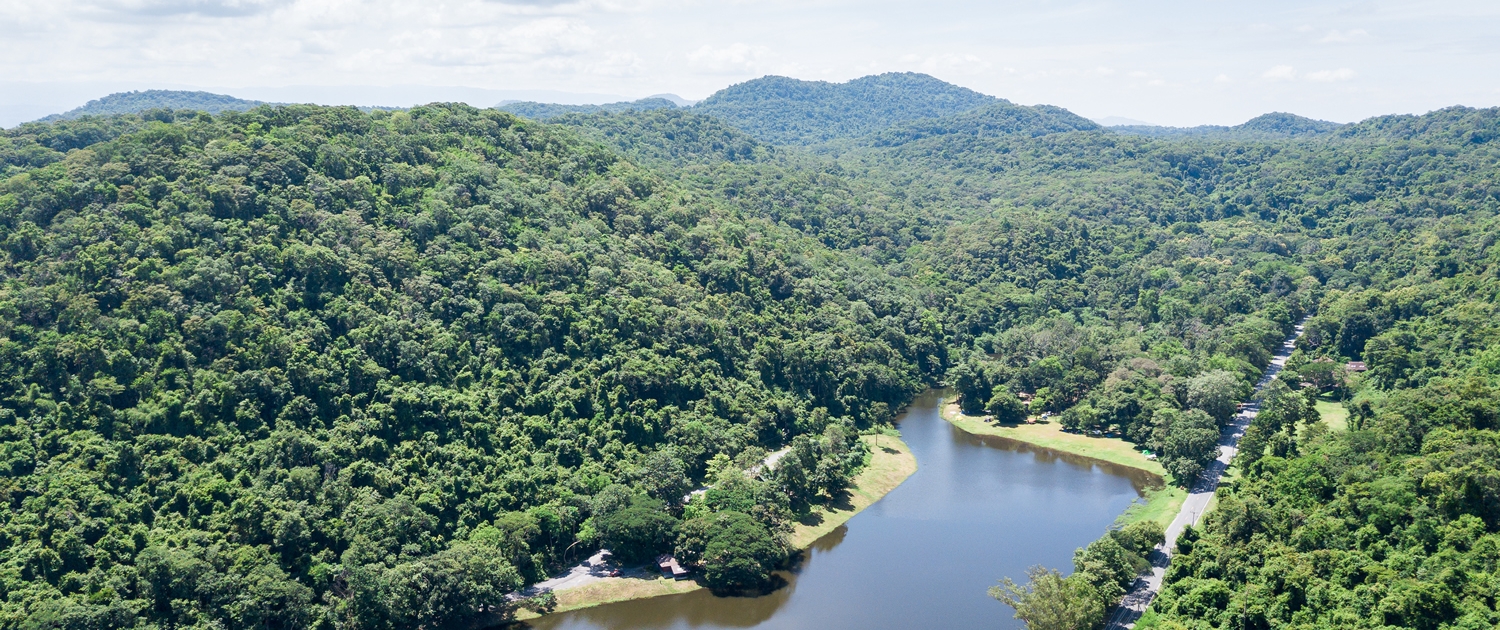Home > Geotopics > The Living World > Interdependence in the Tropical Rainforest
Interdependence in the Tropical Rainforest
Imagine the rainforest as a bustling community where every plant, animal, and microorganism is crucial in keeping things running smoothly. One of the key players in this community is the nutrient cycle.
Now, let’s break it down:
- Plant Life: In the rainforest, plants are like builders. They take in nutrients from the soil through their roots, which are essential for their growth and survival. But here’s the cool part: when plants die or shed leaves, those nutrients don’t just disappear. They become part of the soil, ready to be used again.
- Decomposers: Enter the decomposers—the recyclers of the rainforest. These tiny organisms, like bacteria and fungi, break down dead plants and animals, releasing nutrients into the soil. This process is like nature’s recycling program, ensuring nothing goes to waste.
- Nutrient Uptake: But wait, there’s more! Trees in the rainforest have shallow roots, which means they can’t reach deep into the ground for nutrients. So, they rely on a partnership with fungi called mycorrhizae. These fungi attach to the roots and help the trees absorb nutrients from the soil. In return, the fungi get sugars the trees produce through photosynthesis – it’s a win-win!
- Animal Contribution: Animals also play a role in the nutrient cycle. They eat plants and fruits, and when they digest their food, they release nutrients back into the soil through their droppings. This enriches the soil, providing essential nutrients for plant growth.
So, everything in the rainforest is connected through this intricate nutrient cycle. Plants rely on decomposers to recycle nutrients, while decomposers rely on plants for their food source. Animals contribute to the cycle by consuming plants and returning nutrients to the soil. It’s a beautifully balanced system where every organism has a part to play. Each of these links is an example of interdependence. Interdependence in ecosystems refers to the complex and interconnected relationships between different organisms and their environment, where the survival and well-being of one species often depend on the actions, presence, or health of others. In an interdependent ecosystem, plants, animals, and microorganisms rely on each other for food, shelter, pollination, seed dispersal, and other essential functions. Additionally, they depend on non-living components like water, soil, and air to sustain life. This interdependence ensures that energy flows, nutrient cycles, and ecosystems remain balanced and resilient.
Without this interdependence, the delicate balance of the rainforest ecosystem would be disrupted, potentially devastating all its inhabitants, including us.
Related Topics
Use the images below to explore related GeoTopics.



